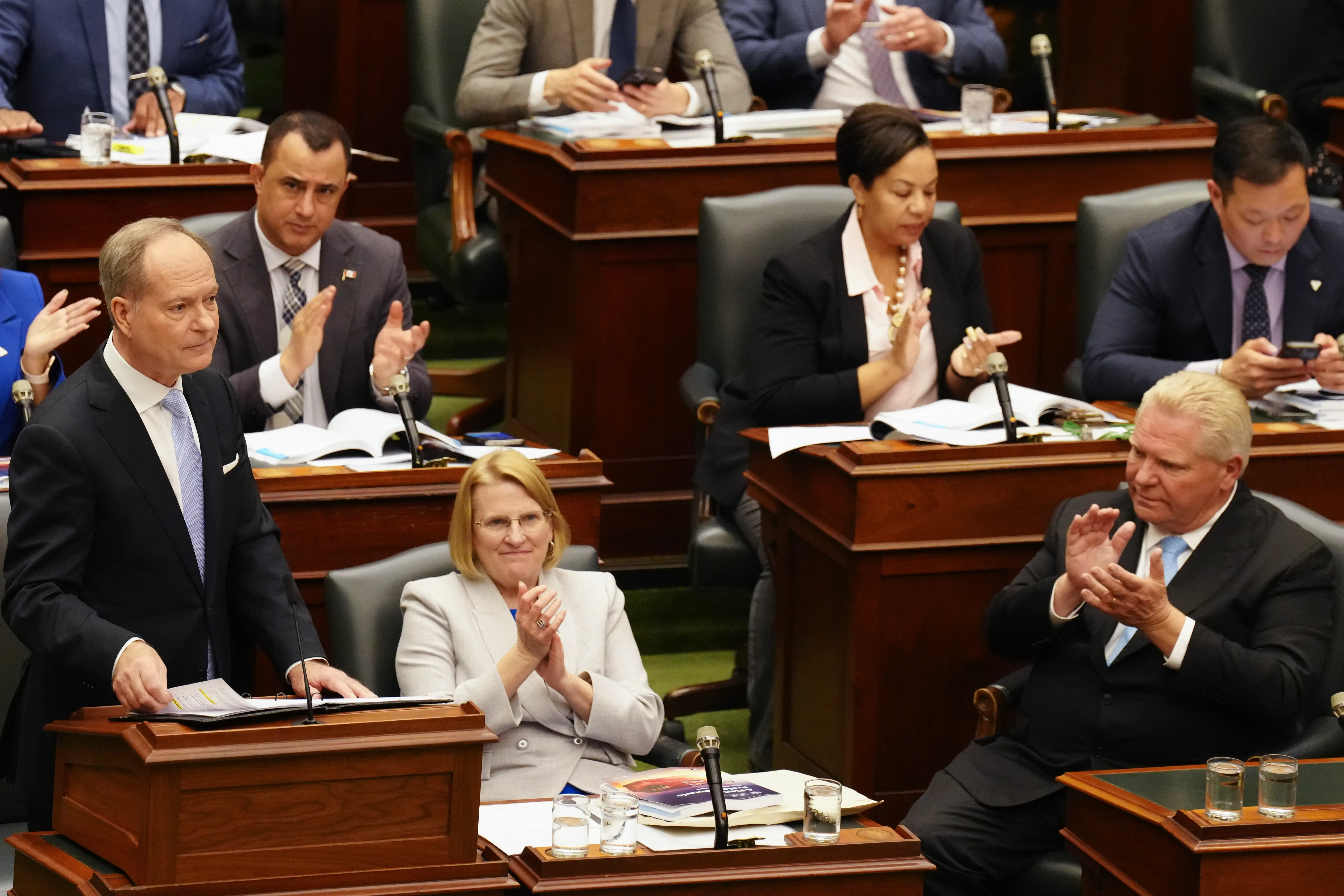Copyright Boulder Daily Camera

This year, Tami Butters and her husband paid about $500 per month for health insurance for both of them. Next year, the price will double, even with one less person using it. Butters, 64, expects to pay about $1,000 per month if she keeps the same insurance plan she bought on Colorado’s marketplace this year. Her husband, who is turning 65, will be eligible for Medicare, or they’d have to pay closer to $2,000 in monthly premiums, she said. They plan to “wait until the last minute” in case Congress acts to extend higher subsidies for people buying insurance on the individual marketplace, and to shop around for the best deal, Butters said. But since they already have one of the less-expensive options, with a $6,500 deductible, they may not find significant savings. “For us, it means we may not be able to enjoy everything we planned for in retirement,” she said during a news conference held by U.S. Rep. Brittany Pettersen and Gov. Jared Polis on Thursday afternoon. “For others, it may mean choosing between paying for housing and paying for food.” Data shows the Butters aren’t alone. People between 55 and 64 who receive tax credits to subsidize their insurance will pay an average of 144% more in 2026 than they paid this year, for an increase of about $235 per month, according to Connect for Health Colorado, which runs the state-based marketplace. Across demographic groups, customers who received subsidies will pay 100% more than they did this year, meaning premiums will double, on average. People who didn’t get tax credits will pay about 27% more. The amount that marketplace consumers pay for their insurance monthly depends on both the “sticker price” of their plan and the amount of any tax credits they qualify for. This year, the sticker price is going up — as it typically does — while the subsidies are going down because enhanced tax credits put in place during the pandemic expire at the end of December. A disagreement over the future of the subsidies is driving the government shutdown, which has lasted more than four weeks. Democrats want to extend the enhanced subsidies, while Republicans are divided between those who want to end them and those who would consider a deal after the government reopens. Nationwide, the sticker price of premiums is rising 26%, but the amount people actually pay is jumping because subsidies are returning to pre-pandemic levels, according to the health policy nonprofit KFF. The organization estimated that costs to customers will more than double. People who receive job-based insurance also don’t pay the full cost of their premiums, though employers vary in their generosity. A 2025 KFF survey of more than 1,800 employers found that workers paid an average of about $7,000 toward the $27,000 cost of insuring a family for the year. Employer-paid premiums are largely tax-exempt, meaning that subsidizing their workers’ insurance costs is an advantageous way to compensate them. Older people aren’t the only group that can expect above-average premium increases. In some rural Colorado counties, the premiums consumers pay will triple, and they’ll come close to quadrupling in Custer County, Pettersen said during the new conference. Pettersen, a Democrat, represents the 7th Congressional District, covering the western edge of the Front Range and parts of the high country. The highest earners will lose all subsidies, as will some of the lowest. The enhanced subsidies phased out more gradually than the ones in place before the pandemic, which terminated at four times the poverty line, or about $128,000 for a family of four. Starting in January, households earning more than that threshold will lose their tax credits, causing their net premiums to rise about 142%, according to Connect for Health Colorado. Lawfully present immigrants will also lose all subsidies. Because immigrants aren’t eligible for Medicaid until they’ve lived in the United States for five years, those with low incomes receive significant subsidies to buy coverage on the marketplace. In those cases, their premiums could rise about 5,000% as they go from paying almost nothing to shouldering the full cost of their insurance. In the current year, about 81% of people who purchased insurance through Connect for Health Colorado were eligible for subsidies. Next year, the organization estimated about 65% will be. People may be able to somewhat limit their costs by shopping around for coverage, Connect for Health Colorado CEO Kevin Patterson said in a news release. However, the only way for consumers to avoid significant increases would be for Congress to extend the subsidies, he said. “While Connect for Health Colorado doesn’t set health insurance rates, we know rising premiums and the expiration of enhanced premium tax credits will have a real impact on people in Colorado,” he said. “Our priority is and has always been to help customers understand their options and find the best, most affordable coverage for them.”



